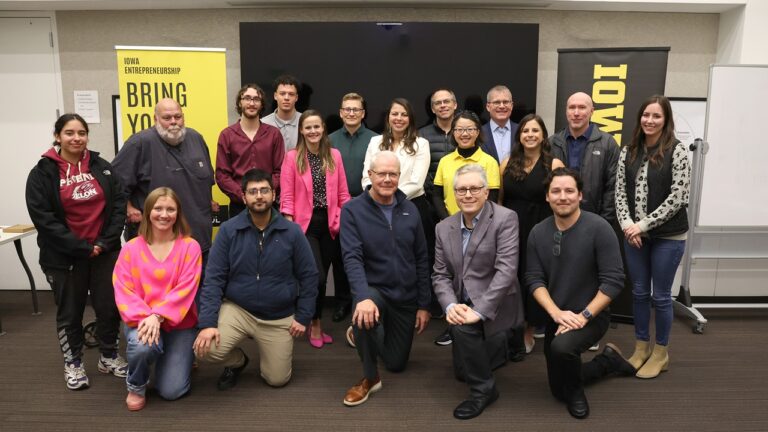A University of Iowa engineering professor is developing advanced computer models aimed at accelerating the discovery of lifesaving drugs – by making it easier to predict how pharmaceuticals crystallize and interact with proteins in the body.
According to a release, Michael Schnieders, professor of biomedical engineering, recently received a three-year, $600,000 grant from the National Science Foundation to support the project. A key focus in the study is understanding complex organic crystals – molecular structures with unique traits like flexibility and shape-shifting capabilities – that serve as the foundation for many pharmaceutical drugs.
“Being able to predict organic crystals’ solubility, stability, and bioavailability – how well it’s absorbed in the body – is essential to developing safe and effective therapeutic drugs,” the release stated.
Mr. Schnieders’ research includes utilizing a powerful software platform called Force Field X to simulate how drug molecules shift from one crystalline form to another. He and his research team – including recent UI biomedical engineering PhD graduates Andrew Thiel and Aaron Nessler – are also investigating how proteins respond to changes in pH, which influences how drugs behave in both liquid and solid states.
While researchers have tools to model simple crystal structures, those tools often fall short when applied to more intricate molecular systems. Mr. Schnieders hopes his work will help bridge that gap – making complex predictions faster and more accurate.
If successful, the team’s efforts could cut key drug development calculations down from weeks to hours, while also improving understanding of enzymes and lowering research costs.
“These breakthroughs could speed up critical drug design calculations by as much as 100 times, reduce costs, and lead to new knowledge of how enzymes work, according to Schnieders’ hypothesis,” the release stated. “The project will also engage high school science students through internships, train graduate students in advanced computational skills, and share Force Field X with the scientific community for free.”








